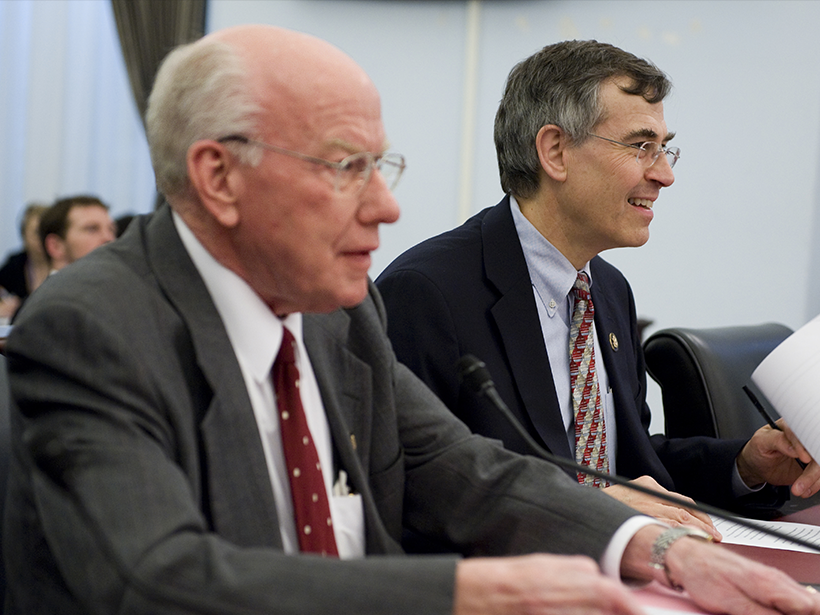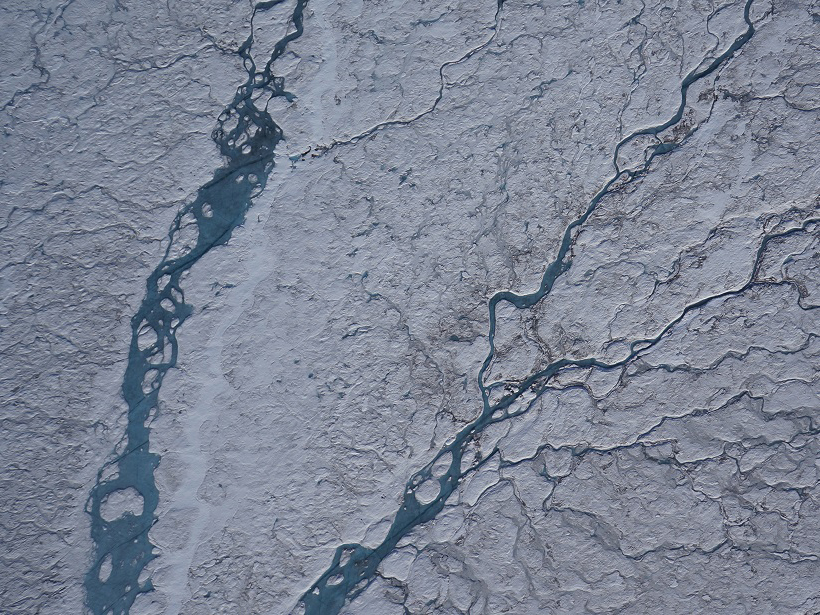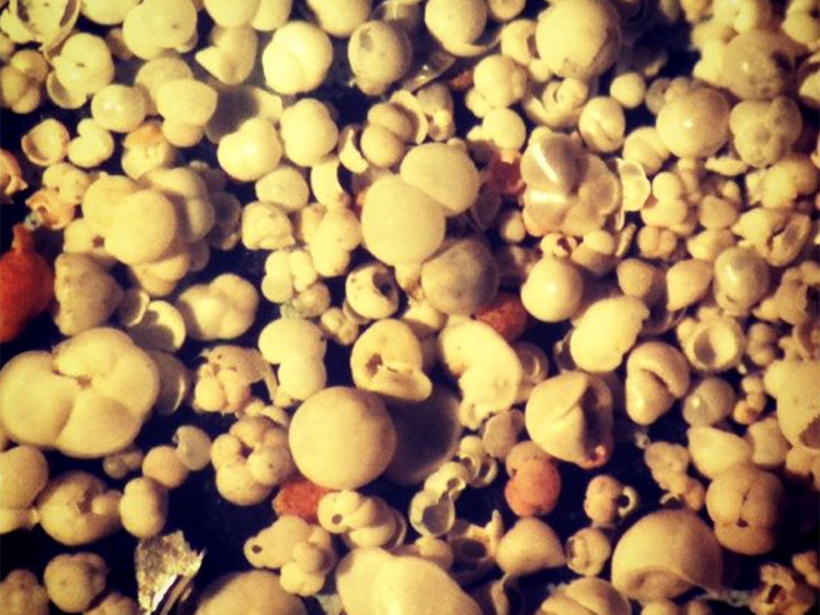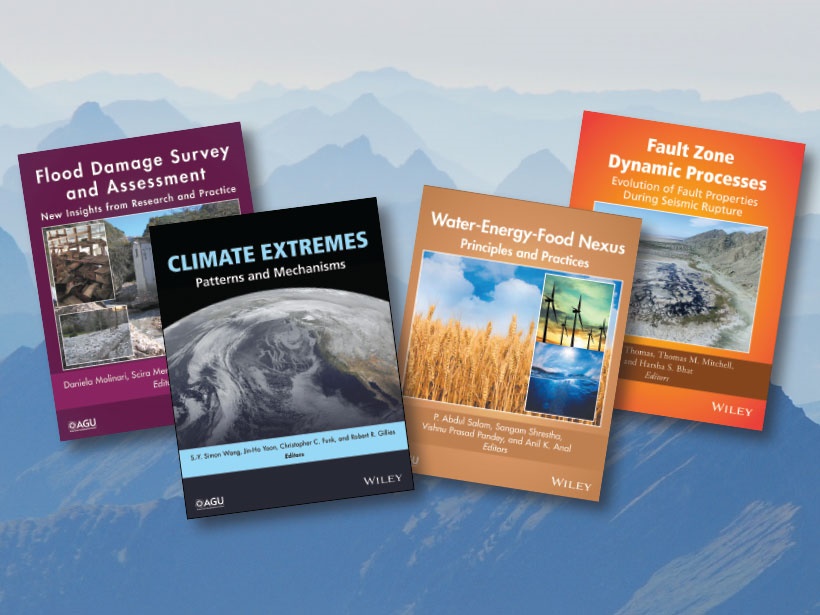A staunch supporter of science, Ehlers worked as a research scientist before going into politics.
CC BY-NC-ND 2017
Coastal Wetlands Effectively Sequester “Blue Carbon”
Mangrove forests, salt marshes, seagrass beds, and the like are carbon storage treasure troves.
Quakes Pack More Punch in Eastern Than in Central United States
A new finding rests on the recognition that fault types differ between the two regions. It helps explain prior evidence that human-induced quakes and natural ones behave the same in the nation’s center.
On-the-Ground Measurements Overestimate Earth’s Albedo
Weather stations can be used to calibrate and validate albedo measurements from satellites, but they fail to account for variability across landscapes, overestimating how reflective our planet is.
Small Streams Make Big Contribution to Carbon Cycle
A recent paper in Reviews of Geophysics discussed the carbon dynamics of headwater streams.
Improving Our Understanding of El Niño in a Warm Climate
A new study seeks to bring together the strongest features of proxy data and climate models to reduce uncertainties in reconstructions of past El Niño behavior.
AGU Books Program Continues to Grow
With a dozen new titles published in the past year and interviews with editors as a new feature, the AGU books program is expanding during a time of change in scholarly publishing.
Sixteen Eclipse Studies That Illuminate Science from the Shadow
From jets that will chase the Moon’s shadow to a telescope designed to mimic the eyes of a mantis shrimp, projects across the United States will pack science into mere minutes when day turns to dark.
Working Towards a Sustainable Future
A new book on the water-energy-food nexus contributes to the global debate about this concept in both principle and practice.
Satellite Observations Could Help Forecast an Eruption’s End
Researchers studying past volcanic activity found they could retrospectively predict when outflows of molten rock would cease for about 40% of effusive eruptions, the kind that produces flowing lava.










